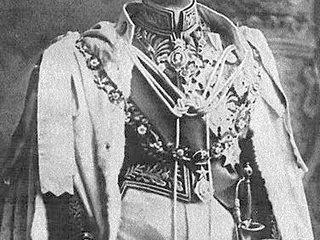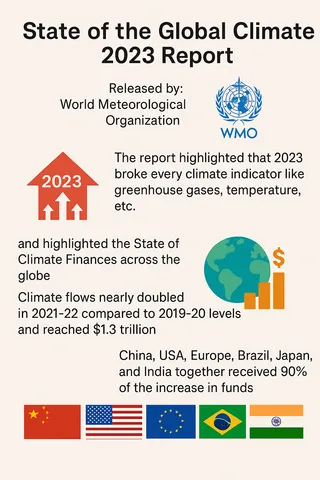The Roman Empire, a civilization that profoundly shaped the course of Western history, dominated the Mediterranean world for centuries. Its influence extends far beyond its geographical boundaries, impacting language, law, architecture, and political thought to this day. Understanding the Roman Empire requires examining its intricate evolution, from its humble origins to its eventual fragmentation.
From Republic to Empire: A Transformation
The story of Rome begins not as an empire, but as a republic, a system of government where power resided in the hands of elected officials, the Senate, and the people. However, centuries of internal conflict, ambitious generals, and political instability ultimately led to its transformation into an empire. Figures like Julius Caesar, through military prowess and political maneuvering, significantly altered the political landscape. Octavian, his adopted son, emerged victorious from the ensuing power struggles, becoming the first Roman Emperor, Augustus, in 27 BC, marking the beginning of the Pax Romana.
The Pax Romana: An Era of Peace and Prosperity
The Pax Romana, or Roman Peace, characterized the first two centuries of the Empire's existence. This period witnessed relative stability, economic growth, and widespread prosperity. Extensive road networks facilitated trade and communication across the vast empire. Impressive feats of engineering, such as aqueducts, roads, and public buildings, stand as testament to Roman ingenuity. Roman law, a sophisticated and influential system, provided a framework for governance and justice. This era saw advancements in art, literature, and philosophy, leaving an enduring legacy.
Military Might and Territorial Expansion
The Roman army was a crucial element of the Empire’s success. Highly disciplined and well-organized, it conquered vast territories across Europe, North Africa, and the Middle East. Its legions, renowned for their military tactics and organizational prowess, subdued numerous adversaries, expanding Roman control and influence. The empire's vast network of forts and legions ensured the security of its borders, maintaining order and stability across its domains.
Decline and Fall: A Complex Process
The decline and fall of the Roman Empire was a gradual process, spanning centuries and influenced by a multitude of factors. Internal strife, economic instability, overextension of resources, the rise of powerful barbarian tribes pressing upon the frontiers, and the decline of civic virtue all contributed to its ultimate collapse. The division of the empire into Western and Eastern halves in 395 AD further weakened its administrative and military structures. The Western Roman Empire eventually fell in 476 AD, while the Eastern Roman Empire, or Byzantine Empire, continued for another thousand years.
A Lasting Legacy
Despite its fall, the impact of the Roman Empire remains profound. Roman law continues to influence legal systems worldwide. Architectural styles and engineering techniques developed by the Romans are still evident in modern construction. The Latin language, the official language of the empire, is the root of many modern Romance languages. The Roman Empire's legacy is indelibly imprinted on Western civilization, shaping political institutions, legal systems, and cultural traditions that continue to this day.


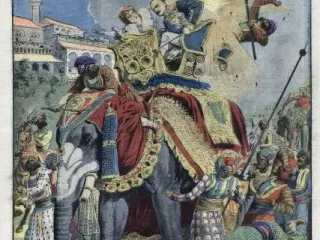
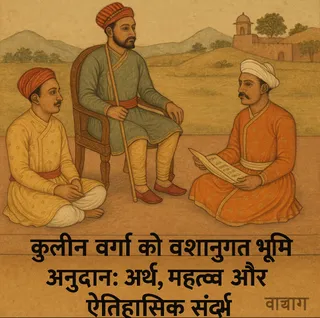

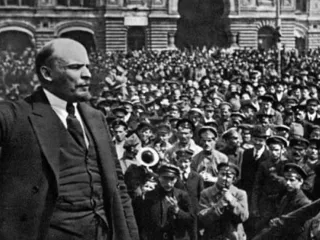


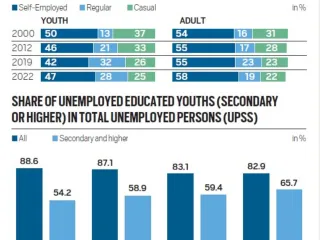
-(20)jpeg-1745030278713.jpeg.webp)






 (24)jpeg-1722421859875.jpeg.webp)





